Well, the new year is here. And, so far, it doesn’t look much different than December 2019. That’s why we asked dozens of digital marketers for their best marketing strategies of last year—and, boy, did they deliver.
Here’s a look at what tops the list for marketing experts 2019—and what we think are the 16 best marketing strategies you can take into 2020.
1. Educate with your content
Content has long been king and 2019 was no different.
Citing figures from the Content Marketing Institute’s 2019 trends report, Robin Barendsen, head of digital marketing at office space rental company WehaveAnyspace, noted 77% of B2B marketers use content marketing.
“In fact, the majority of B2B content marketers use educational assets to nurture leads and build audience trust, which is absolutely essential for inbound marketing,” he said. “Think about informational blogs, white papers or quizzes.”
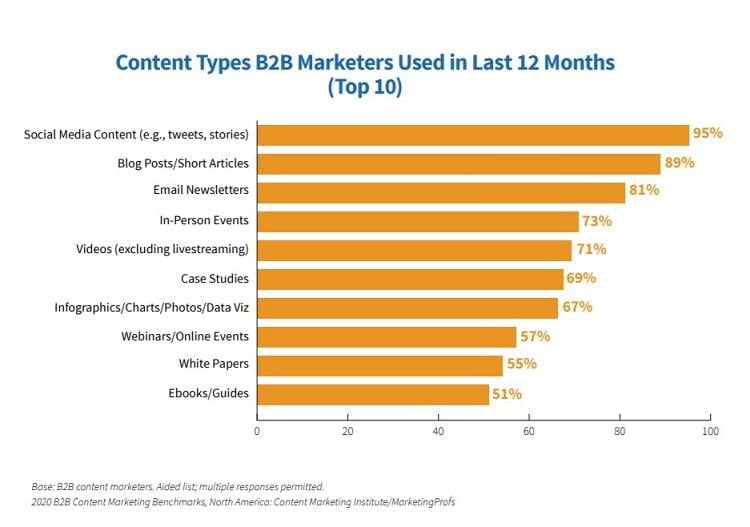
We’re likely preaching to the choir here, but, generally speaking, brands should create content that is relevant, authoritative and, of course, educates its audience.
RELATED: The 20 Best (and Worst!) Marketing Campaigns of 2021
2. Personalize your marketing messages
Peter Wilfahrt, managing director of digital agency Versandgigant, said marketers should personalize every single message in 2020 by digging into analytics and understanding demographics, affinity categories and in-market segments. More on that in a moment.
“Only very few brands execute a personalized messaging strategy,” he said. “And we’re not talking about adding the first name to your email greeting … really dig into your prospect’s mind and discover what they fear, wish and want.”
While Brock Murray, COO of digital marketing agency seoplus+, agrees consumers should be made to feel special, he argues automation is the way to go because it allows advertisers to create ads that dynamically change based on whoever is searching. And, Murray said, results show consumers want this type of customization.
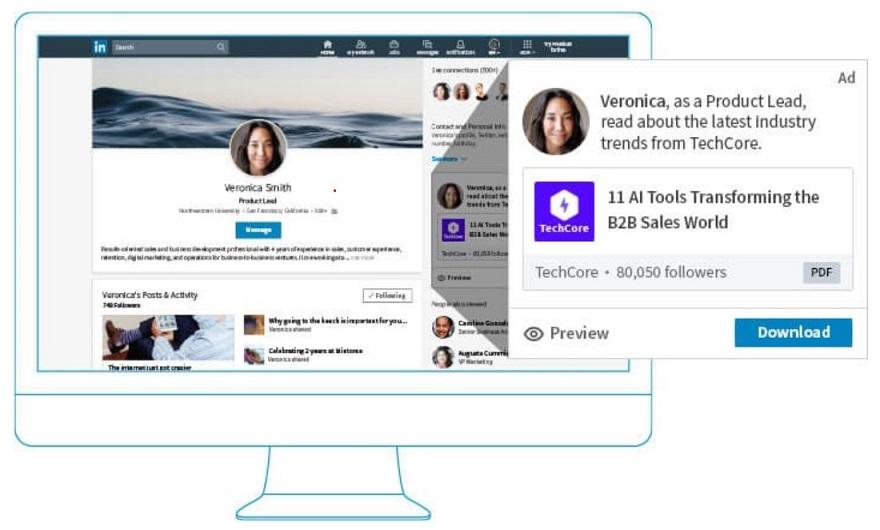
“With that being said, timeliness also proved to be a critical part of any strategy as users proved they still don’t want to be bombarded with content, particularly if it isn’t even relevant to them,” Murray added. “Overall, all of your content and markup should be concise and easily understandable to ensure your users receive value with each interaction. Transparency and respect of users’ privacy should also be a critical component of any digital marketing strategy.”
Frank Spear, content marketer at WordPress contest plugin RafflePress, said personalization boosted his marketing strategy far beyond his expectations in 2019.
“We tried to implement personalized content in virtually every aspect of our strategy,” he said. “Our opt-in ads change based on the content users read before the popup was triggered. The relatable promotion is designed to show consumers that we understand their pain points and want to help. We allow our customers to pick the type of content they want to receive from us when they subscribe to our email marketing campaigns.”
Effective personalization is the result of efforts like behavioral segmentation, or separating audience members into groups based on their actions, like first-time purchases, abandoned carts, repeat purchases and page views without conversion, said Sam White, marketing manager at CBD site Soul CBD.
“Each behavior group can look very similar to each other demographically and then act in very different ways,” White added. “Behavioral segmentation is what allows us to speak to each group in a way that makes sense with how they interact with the brand.”
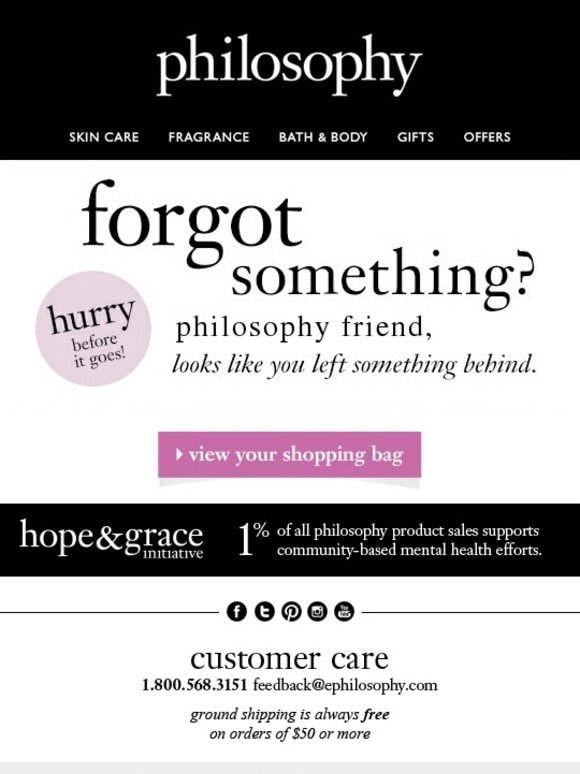
Vivek Chugh, CEO of checklist app Listables, agreed data-driven segmentation has worked well so far because it allows Listables to tailor its messages and make sure it is getting it in front of the right people, so this segmentation will be a big part of marketing in 2020, too.
3. Let data drive your creative
According to Natalia Wulfe, CMO of digital marketing agency Effective Spend, platforms like Google and Facebook are taking control more control of audience targeting as they simultaneously move away from manual bidding capabilities. Meanwhile, their algorithms have become adept at understanding which ad images and copy will drive the best click-through and conversion rates.
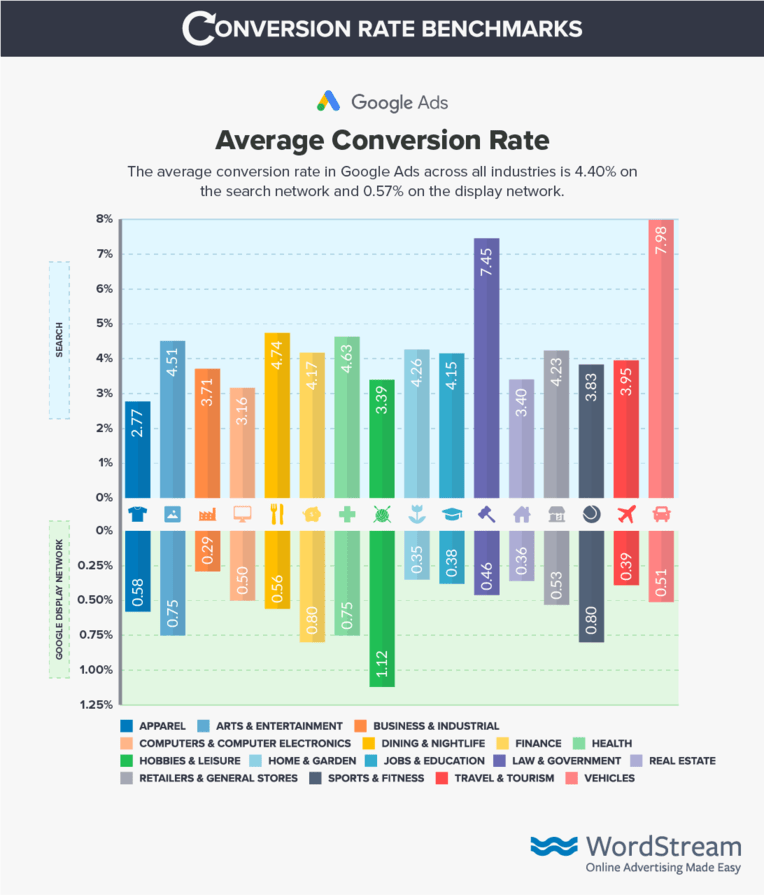
“With these shifts, we’ve seen creative emerging as a serious performance driver, carrying equal weight to other key drivers like placement selection and audience targeting,” she said.
As a result, Effective Spend overhauled its creative design process to incorporate a data-first approach.
“We analyze the performance metrics of existing creative, identify where the gaps are, and then design new creative that directly impacts those poor performing metrics,” she added.
4. Invest in original research
One of the best marketing strategies of 2010 was investing in original research.
Tamas Torok, head of online marketing at Javascript development company Coding Sans, said Coding Sans has been publishing its own research on software development trends since 2017, and these reports have generated links from reputable websites and yielded thousands of subscribers.
“This strategy worked because we came up with something new,” he said. “New data attracted links and it was beautifully presented, which made people share it on social media.”
Coding Sans plans to publish at least three new reports with original research in 2020.
Matthew Zajechowski, outreach team lead at digital marketing agency Digital Third Coast, agreed using proprietary data to create long-form content with graphics has been an effective 2019 strategy, resulting in backlinks from thousands of high-authority publications.
“Publishers want new story angles to cover on a subject even if they’ve covered it a billion times before,” he added. “Having proprietary data allows us to have that unique angle and presenting it with graphics makes it easy for them to share. We look for writers and publications who cover that subject and present it to them as new research or a study.”
5. Update your content
And don’t forget the content you’ve already published.
In fact, Cyrus Yung, co-founder of SEO company Ascelade, said updating old content is a strategy that has served Ascelade well as Google has a freshness ranking factor and most sites eventually see content decay.
“They have old articles that have ranked well previously and have attracted backlinks, but the search traffic for that particular article is on a downward trend,” he said.
Mark Webster, co-founder of online marketing education company Authority Hacker, said 2019 was the year Authority Hacker focused on this tactic of refreshing older content instead of just pumping out new, high quality content.
“After some testing, we found that making simple updates and tweaks and, most importantly, changing the date of the article to represent the newest revision [made] our rankings instantly [jump] up,” he said. “It’s no secret Google prefers fresh content but we had not anticipated this to be such an easy win.”

What’s more, it’s cheaper to refresh old content, so Webster this small technique a “huge win.”
Jeroen Minks of PPC agency Vazooky Digital, too, called updating existing website content “one of the best and most successful marketing strategies that I [used] last year.”
“By going through each article and page individually and [updating] them, I have seen a big increase in organic rankings which have led to more website traffic and new customers,” he said. “Part of the content optimization was to involve other experts in my articles, which led to more external links and a better social media presence.”
6. Try subscribing to HARO
Another popular 2019 strategy was responding to queries from journalists on services like Help A Reporter Out (HARO), as they are constantly looking for experts in a range of fields.
In fact, Olga Mykhoparkina, CMO of chat platform Chanty, called answering HARO queries “by far the best marketing activity we’ve done this year”—more so than even guest blogging and fixing broken links.
That’s because Chanty gets an average of five to ten links a week by responding to relevant queries.

An example HARO request from Twitter.
“We’ve come up with a methodology to pick the best and most relevant queries, send timely answers to them and, in the vast majority of cases, we’ve gotten backlinks from high authority websites,” she said. That list includes outlets such as American Express, Forbes, CMSWire, and Inc.com.
“As a result, we’ve grown our organic traffic and our domain authority has noticeably increased in a matter of just a few months,” she added.
Vartika Kashyap, marketing manager at project management software firm Proofhub, agreed, noting HARO has been a great source of authoritative backlinks and has helped boost content ranks.
“And do you know what the best part is?” asked Alexandra Zamolo, head of content marketing at communications platform Beekeeper. “It’s absolutely free. All it takes is a little bit of your time to craft a few well-written quotes every day that apply to your industry. How cool is that?”
Learn how to use HARO to get backlinks and PR here.
RELATED: Our 50 Best Marketing Tips in 5 Minutes
7. Expand your guest blogging opportunities
Another way to expand your reach? Allow more people to create content for your brand through guest blogging. Pamela Bourgault, a digital marketing specialist at digital marketing and social media reporting platform DashThis, said DashThis has scaled its content strategy by allowing clients to contribute to its blog.
“This type of strategy is ideal for both of us since they can use this guest post contribution to leverage their expertise and we can use their knowledge to leverage our blog as a resource for relevant information and lead generation,” she added. “In most cases, these articles bring in a lot of organic traffic and promising leads for us. We have some articles that our clients have written that still to this day bring in over 200+ leads per month.”
8. Use more video (again)
Video remained a popular digital marketing tactic in 2019, and it’s a must marketing strategy for this year, too.
Stuart Leung, vice president of marketing for vaping brand Breazy, said videos forge stronger bonds with consumers, which, in turn, makes them more likely to purchase a product. Options include tutorials, testimonials and behind-the-scenes footage.
Case in point: Chris Savage, CEO of video software company Wistia, said Wistia has paid close attention to the rise of streaming platforms and has seen more and more businesses take a page from the Netflix playbook, creating longer-form original content to build brand affinity. That’s why Wistia created its own late-night-style talk show, Brandwagon.
“Throughout the series, I talk with some of the top minds in the marketing world to learn the secrets behind some of their biggest successes,” he said. “Plus, we welcome some unexpected special guests and our team even buys a ’91 wagon to transform into the ultimate Brandwagon along the way.”
Wistia used social media to advertise trailers and clips and allows viewers to binge watch the entire show, resulting in a steady increase in brand search volume and an increase in overall time spent with the brand, Savage said.
9. Livestream
Morgan Lathaen, marketing specialist at printing company Thumbprint, noted livestreaming was on the rise in 2019 and will continue to dominate in 2020 because it is free, takes a short amount of time to produce, reaches a broader target audience, and offers authentic user engagement.
“With that, live content has the ability to generate greater impressions than posts published in newsfeeds,” she added.
10. Try explainer videos
Another option for video content is explainers. That’s what Raj Vardhman, editor-in-chief of remote work resource GoRemotely.net, said his site opted to do in 2019 to make complex concepts easier to understand.
“The Google algorithm continues to favor websites with video content, which makes these incredibly important both for marketing and SEO,” he added.
Larissa Murillo, Marketing Manager at SEO and website marketing tool Marketgoo, said Marketgoo took this one step further by creating a course for online learning platform Udemy that was more educational than promotional.
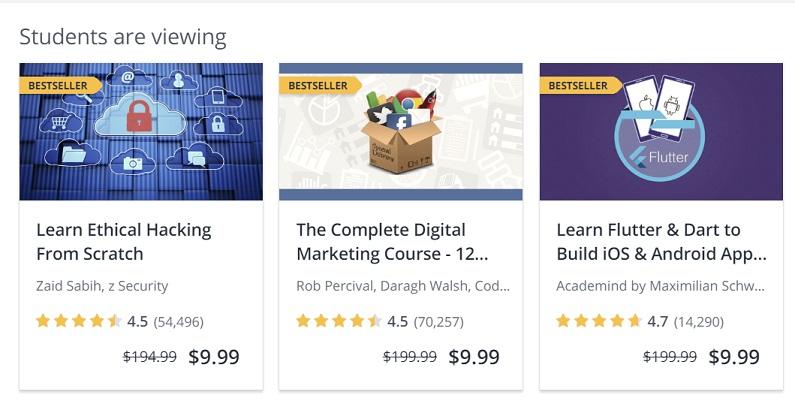
“The idea behind this tactic was to build brand awareness of our SEO tool and use the course to teach basic SEO and how to use our tool to help with that effort,” she said.
While conceding the attribution for signups was tricky because students were typing in URLs rather than clicking on links, Murillo said another advantage was the videos were reusable in other capacities, like blog posts.
11. Host or join podcasts
Digital marketing consultant Ryan Scollon called podcasts “a real breakthrough in 2019” with a surge of shows in digital marketing in particular.
Marketers can appear as guests on established podcasts or start their own, both of which Scollon said offer huge benefits with few downsides.
“Podcasts are a great way at building a solid audience that returns every week without having to have your face in front of the camera,” he said. “It’s also a great way for repurposing content that you may already have on your blog.”
Stacy Caprio, founder of Accelerated Growth Marketing, said appearing on podcasts has been one of her most effective marketing strategies of 2019 because it has driven site traffic and brand awareness.
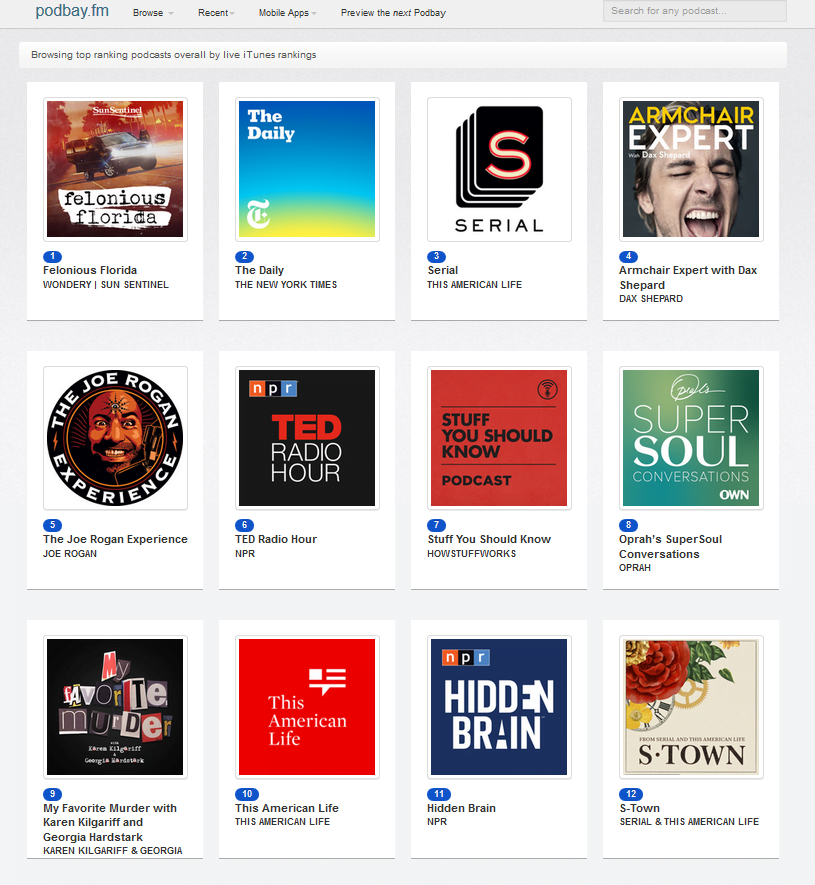
“The trick is to go on … podcasts that have devoted audiences in your own niche, so the audience interest overlaps with your own,” she said. “This works well when the podcaster has a large audience that trust them implicitly and will take their interviewing of you as an endorsement that they want to check out on their own.”
12. Prioritize local SEO
According to Dan Rice, marketing manager at recruiting firm Talent Locker, the most effective strategy in 2019 was optimizing and prioritizing Google My Business, the free tool that allows businesses to manage their online presence across Google, including search and maps.
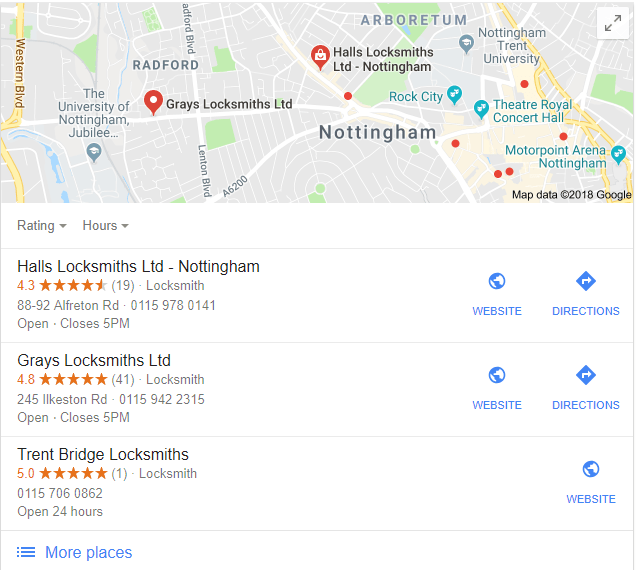
“We have used this as part of a wide-ranging digital marketing campaign designed to raise awareness of the brand and brand name,” he said. “Through steadily producing posts, updates and actually helping drive people to our Google My Business listing, we have been getting strong results … it doesn’t just appear to be helping local SEO, it is also highly significant in driving searches on brand names, too.”
Digital marketing consultant Leslie Whittaker agreed, noting while most businesses have claimed a Google My Business listing, only a small percentage have optimized it. Plus, Google continually adds new features and many businesses aren’t even aware they exist, which means they are missing out on opportunities to drive leads.
How strong is your online presence? Find out in 90 seconds with the free LOCALiQ Grader!
“For business with a brick and mortar location, Google My Business is an essential marketing tool,” she said. “It’s the first place people turn when looking for a business, especially local businesses and it’s an easy way to increase leads in a short time.”
For example, by focusing on the Google listing, Whittaker said one client, a spa in Midtown Manhattan, saw a 398% increase in the number of times the listing appeared in Google searches, an 84% increase in phone calls and a 153% increase in traffic to the website. Another, a dermatologist with a new practice in Long Island and a new listing, has appeared 8900 times in search results and has received 280 site visits from said listing, along with 300 phone calls.
Erin Sparks, CEO of digital marketing firm Site Strategics, said the new real estate from Google, along with lead funnel functionality, shows it wants customers to interact with its properties first, which is why Google is giving businesses the tools to connect with said customers.
“From the Get a Quote functionality to Custom Service Menus to the relatively new Google Guaranteed Local Service Ads, it is clear that Google wants you to interact with the customer as quickly as possible with its tools,” he added.
Learn local SEO with the free Local SEO course in Marketing Lab!
13. Set up automated email marketing campaigns
Maciej Baranowski, manager of customer engagement at career advice website ResumeLab, said ResumeLab started automating its email marketing campaigns in 2019, which was a “resounding success.”
That’s because the company can send almost four times as many newsletters, which more than compensated for the initial drop in conversion rates.
“Ideally, we want both, but math tells us that the tradeoff was more than worth it and we’ve been surging ever since,” he said.
Automated email also allows for better customization with A/B testing, infographics, sequences, time zones and CTA buttons, as well as data-backed optimization.
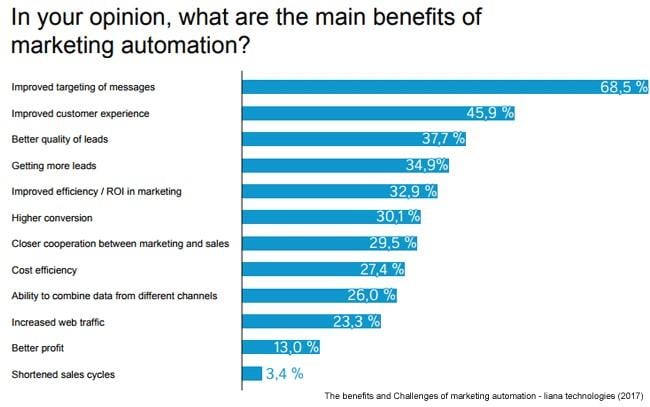
“With each subsequent week, we’re getting smarter about what the ideal newsletter looks like,” Baranowski said. “In the end, the juice was more than worth the squeeze. The transition pains have yielded a much smoother, smarter and efficient approach that we look forward to fine-tuning further.”
14. Prepare for voice technology
Continuing a trend from prior years, voice search was once again on marketers’ minds in 2019.
That includes chatbots, which Paige Arnof-Fenn, CEO of marketing consulting firm Mavens & Moguls, noted cut costs and convert visitors into leads by answering FAQs, as well as optimizing for voice queries and long-tail keywords. Again.
Arnof-Fenn said the latter will be key to maximize marketing and advertising opportunities via voice assistants like Siri, Alexa, and Google Assistant.
“I predict that the brands that perfect the branded skill with more customer-friendly [and] less invasive ads are going to win big,” she added.
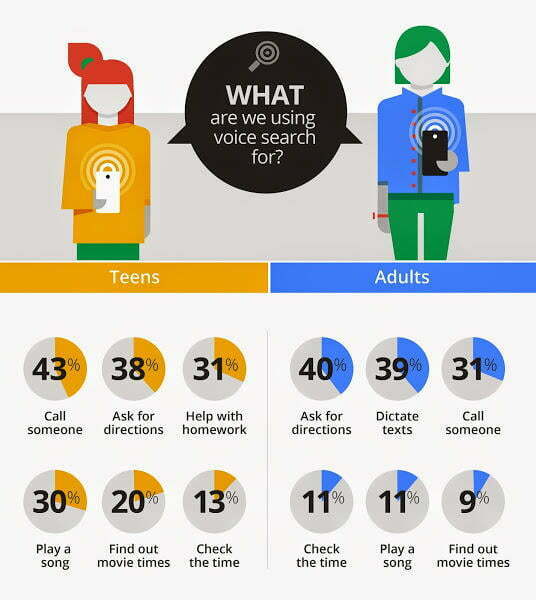
Faizan Ali, who does PR for WordPress resource site WPBeginner, said adding semantics and optimizing content for voice searches yielded a lot of featured snippets for WPBeginner, which helped increase traffic by 37% in 2019.
What’s more, Alexander Kehoe, operations director of web design firm Caveni Digital Solutions, said Caveni is using natural language processing to assess the quality of its own human contributors and create more value for customers.
15. Test out augmented reality
Extending the personalization trend, Polly Kay, senior marketing manager at window treatment retailer English Blinds, said interactive content that allows customers to preview products paid off well in 2019.
For English Blinds, that means rolling out a tool for prospects to upload pictures of their home interiors to create window treatment designs to see how they’d look.
“This idea initially came from my seeing hair design websites in which women were able to upload a picture of their face and see how it would look with different hair styles overlaid to it,” she said. “This proved to be hugely successful for us during testing, for many reasons. The most obvious of these is that it enables people to see how one of our products will look in their home before paying the money and taking a chance, which of course helps to incentivize sales in and of itself.”
After a four-month trial of this Virtual Interiors tool, the brand decided to look closely at enabling additional interactivity in 2020.
16. Use smart bidding
According to Wulfe, Google and Facebook have also significantly expanded their AI-based ad targeting and bidding capabilities over the last year and her agency has adopted them across “at least 90% of our search and social ad campaigns.”
That’s because smart bidding options like Google’s Target CPA are able to learn quickly from past data to optimize ad spend toward top-converting search queries, ad creative, audiences and demographic segments. To ensure the algorithms have as much data as possible, Effective Spend tracked all the important activities users do on clients’ sites and connected clients CRM data directly to each digital channel to tell the algorithm which conversions were junk and which ones became qualified leads and sales.
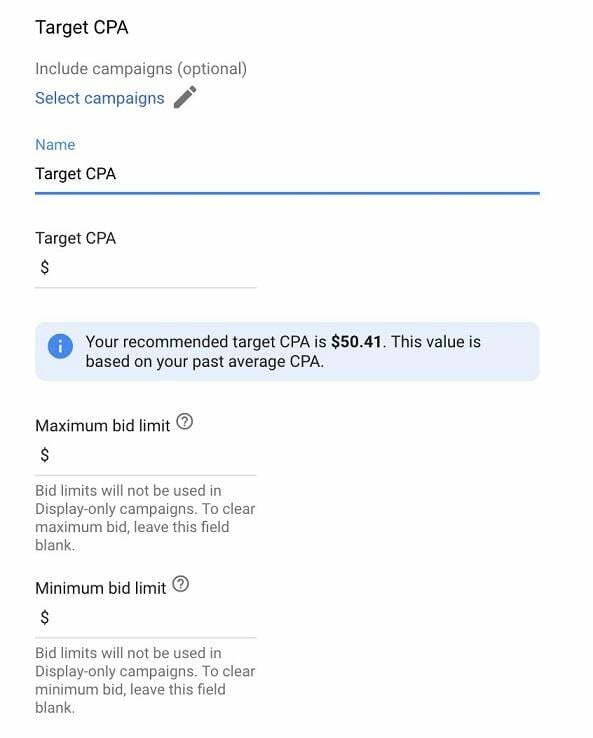
“The more engagement and lead value information you feed the algorithm, the more insights it can crunch to optimize your ad spend toward the leads that are most likely to turn into paying customers,” she said. “We saw this firsthand and are further committing to it in 2020.”
The best marketing strategies to try in 2020
To review, here are 16 expert-approved digital marketing strategies to try out this year:
- Educate with your content
- Personalize your marketing messages
- Let data drive your creative
- Invest in original research
- Update your content
- Try subscribing to HARO
- Expand your guest blogging opportunities
- Use more video
- Livestream
- Try explainer videos
- Host or join podcasts
- Prioritize local SEO
- Set up automated email marketing campaigns
- Prepare for voice technology
- Test out augmented reality
- Use Smart Bidding
Best of the best marketing strategies
Curious about past or future years? Here’s our Best Marketing Strategies archive:







